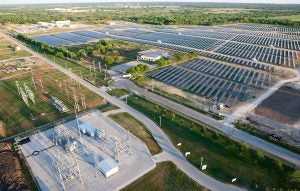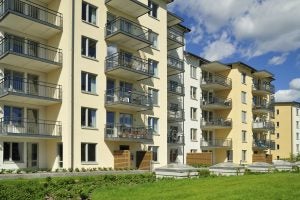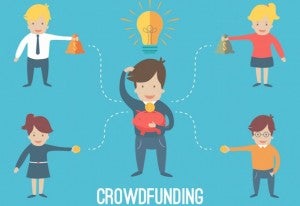 New installed renewable energy capacity surpassed coal for the first time last year, the International Energy Agency reported recently.
New installed renewable energy capacity surpassed coal for the first time last year, the International Energy Agency reported recently.
It means that we added more wind and solar to our global energy system than oil, gas, coal or nuclear power combined – a trend that is expected to continue over the next five years.
But to truly transition to a global clean energy economy, we must accelerate this growth rate and modernize our electricity grid to maximize the potential of these new renewables. That way we can use as much clean energy as possible on any given day.
Many of these optimizing solutions already exist today.
They include technology such as powerful batteries that can store energy when renewables don’t produce electricity, for example, when the sun is shaded by a cloud.
There are also energy management tools such as demand response that pay customers for saving energy at critical times when the grid needs it. And innovative electricity pricing programs that encourage customers to shift some of their power use to times of day when clean energy sources are plentiful and electricity is cheaper.
All can, with the help of good policy, make the most of variable energy sources – as would a modernized and more dynamic electric grid. Read More












 Each year since 1981, the United Nations (UN) recognizes an
Each year since 1981, the United Nations (UN) recognizes an  “I am the Lorax. I speak for the trees. I speak for the trees for the trees have no tongues.” – Dr. Seuss, The Lorax.
“I am the Lorax. I speak for the trees. I speak for the trees for the trees have no tongues.” – Dr. Seuss, The Lorax. By Andrew Strong, VP of Strategy & Business Development at LOHAS Capital
By Andrew Strong, VP of Strategy & Business Development at LOHAS Capital